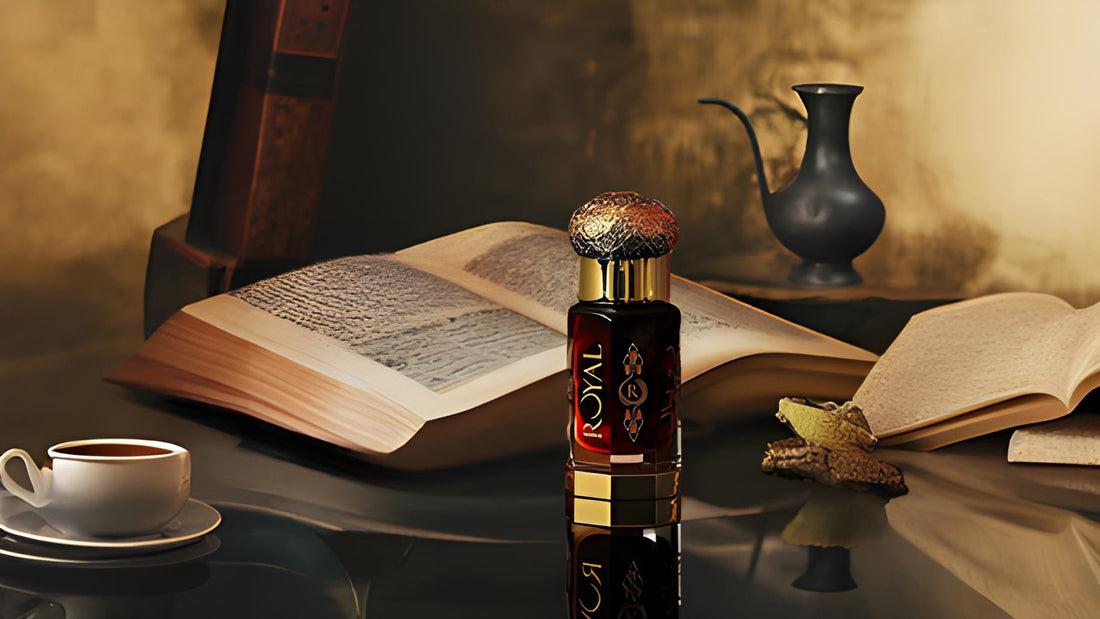
The Tradition and Origin of Perfumes: A Journey Through Thousands of Years of the Art of Fragrance
Share
The roots in the Arab world
Aromatic oils and resins were already used in ancient Mesopotamia and Egypt to purify rooms, support ritual ceremonies and promote well-being. Over time, people in the Arab countries perfected the art of distillation. This method made it possible to capture the essence of plants and resins, which allowed scents to develop in intensity and complexity. The rich culture and comprehensive knowledge of aromatic substances thus formed a solid basis for the exclusive art of perfumery.
European Influences and the Evolution of Perfumery
Over the centuries, Europe experienced its own perfume revolution. As early as the Renaissance, fragrance became an important status symbol. Nobles and kings pampered themselves with perfumes that underlined their social status and were considered an expression of sophistication and elegance.
European perfumers adopted tried and tested techniques from the Orient, refined them and combined them with new methods. This created a unique synthesis of tradition and innovation - a foundation on which modern perfumes are built as the epitome of luxury and style.
The fusion of tradition and modernity
Today, modern luxury fragrance stands at the interface between tradition and innovation. Brands like Royal 1437 are inspired by the rich history of perfumery and translate this into contemporary, high-quality products. This involves not only the selection of exquisite raw materials, but also precise craftsmanship.
The development of perfume production shows that the best fragrances are created from a combination of proven traditions and modern technology. By taking up old recipes and developing them further, fragrance compositions are created that not only delight the sense of smell, but also convey a feeling of exclusivity and authenticity.
High-quality raw materials as the key to luxury
An essential aspect of the art of perfumery are the exquisite raw materials. Fragrances such as agarwood, oud, rose oil or amber have always been valued as particularly precious and fascinating. These high-quality ingredients give the perfumes their depth and complexity and reflect the special care that went into their selection.
Modern luxury perfumes combine these traditional ingredients with innovative extraction processes and contemporary design. The result is a product that captures the spirit of centuries-old perfumery while meeting the high demands of today's consumers.
Conclusion
The tradition and origin of the art of perfumery is a fascinating story of cultural diversity, artisanal precision and the pursuit of the perfect fragrance. By taking up old techniques and combining them with contemporary innovation, modern brands create a luxury product that is much more than just a perfume - it is an experience and an expression of identity.
The next time you immerse yourself in an exclusive fragrance, remember that each note contains the story of a long evolution - from the rich cultural heritage of the oriental regions to the stylish creations that find expression in the modern interiors of Europe.
